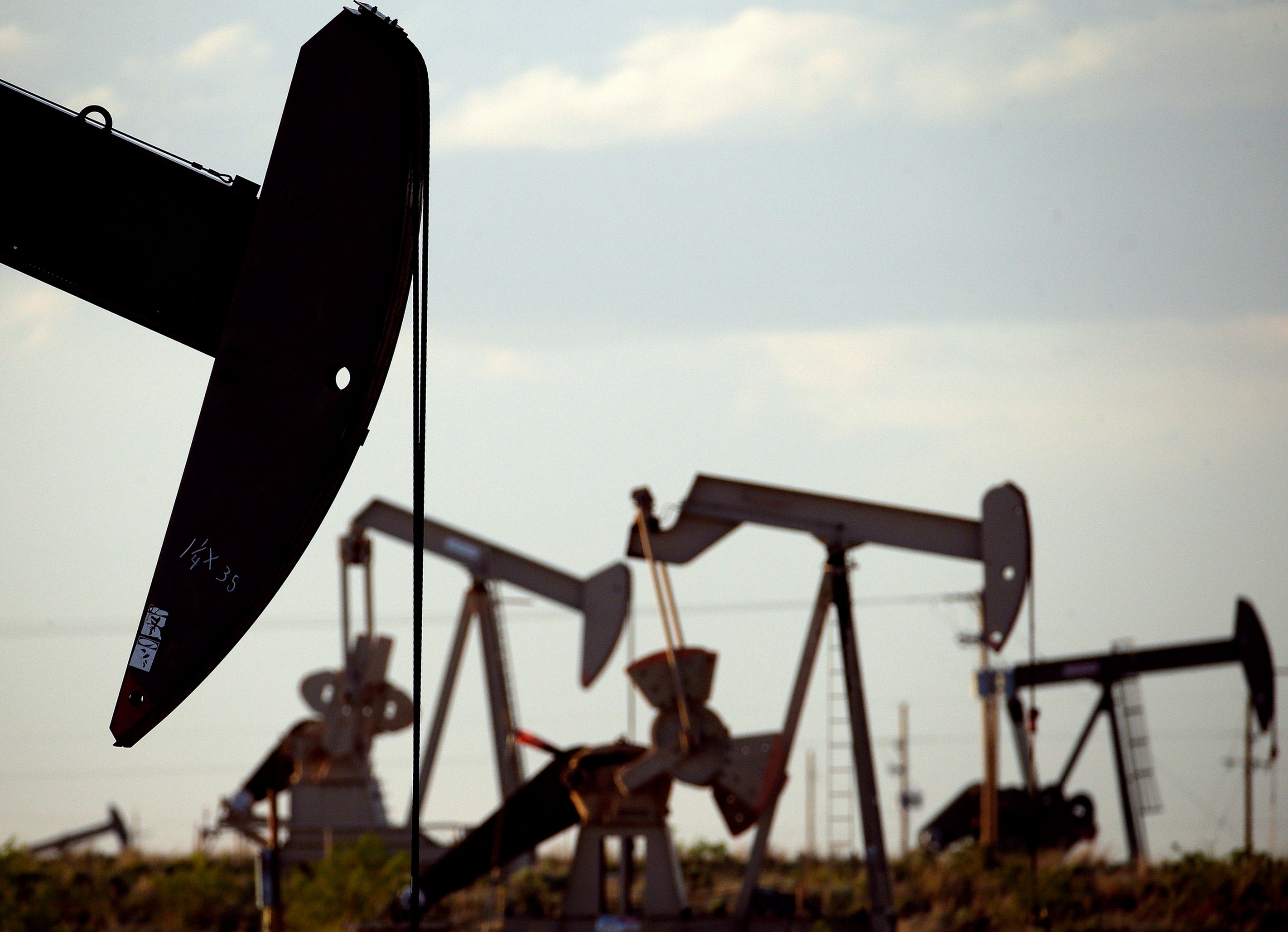Abandoned oil, gas wells get plugged in New Mexico
Land managers in one of the top oil and gas producing states in the U.S. have plugged more than 200 inactive wells on state trust lands

Your support helps us to tell the story
From reproductive rights to climate change to Big Tech, The Independent is on the ground when the story is developing. Whether it's investigating the financials of Elon Musk's pro-Trump PAC or producing our latest documentary, 'The A Word', which shines a light on the American women fighting for reproductive rights, we know how important it is to parse out the facts from the messaging.
At such a critical moment in US history, we need reporters on the ground. Your donation allows us to keep sending journalists to speak to both sides of the story.
The Independent is trusted by Americans across the entire political spectrum. And unlike many other quality news outlets, we choose not to lock Americans out of our reporting and analysis with paywalls. We believe quality journalism should be available to everyone, paid for by those who can afford it.
Your support makes all the difference.More than 200 inactive oil and natural gas wells in New Mexico have been plugged as land managers have tried to crack down on producers as part of an accountability and enforcement program in one of the top producing states in the U.S., officials said Wednesday.
The State Land Office estimates it has saved taxpayers at least $20 million in cleanup costs over the past few years by having the industry pick up the tab.
The Land Office’s efforts are separate from work elsewhere that’s being funded by the federal government.
Congress in 2021 committed $4.7 billion in infrastructure spending to plug and reclaim orphaned wells and associated sites. The Bureau of Land Management awarded its first contracts last summer for work in Utah and California, while New Mexico and other states were awarded multimillion-dollar grants.
In New Mexico, the State Land Office says its work has resulted in a nearly 20% decrease in the number of abandoned wells on state trust lands, property that was allocated to New Mexico by the federal government more than a century ago so it could be used to raise revenues for public schools, hospitals, colleges and other public institutions.
Several inactive wells dated to the 1980s, including one that hadn't produced anything since 1982. Another well that went on the inactive list in 2020 had been drilled in 1925.
Land Commissioner Stephanie Garcia Richard said the idea is to keep the state — and ultimately taxpayers — from having to pay for any messes that companies create on state trust lands.
“This program has proven that we can require companies to clean up after themselves and still deliver billions of dollars in record revenues for our schools and other institutions," she said in a statement, adding that environmental compliance has been a priority for the office amid booming production in the state.
Home to a portion of the Permian Basin, New Mexico has become the No. 2 oil producing state in the U.S. Much of the development has been on federal land, but state officials have been using a new satellite imagery program to identify spills on state trust lands. They also have ramped up auditing of royalties that are owed by producers.
Under the Land Office's' plugging program, officials contact producers first to give them an opportunity to plug inactive wells and remediate any contamination on state leases. Litigation is possible if operators fail to meaningfully respond.
Ari Biernoff, general counsel at the State Land Office, said the agency will continue to use all available tools to bring companies into compliance.
“While many lessees and operators act responsibly, this program exists for those who don’t," Biernoff said.
Plugging and cleanup costs can vary widely, ranging from $40,000 for one site to more than double that depending the depth of a well and contamination levels, according to the State Land Office. Although the number of inactive wells fluctuates, agency officials have identified just over 1,000 chronically inactive wells on state trust land. That total has accumulated over several decades.